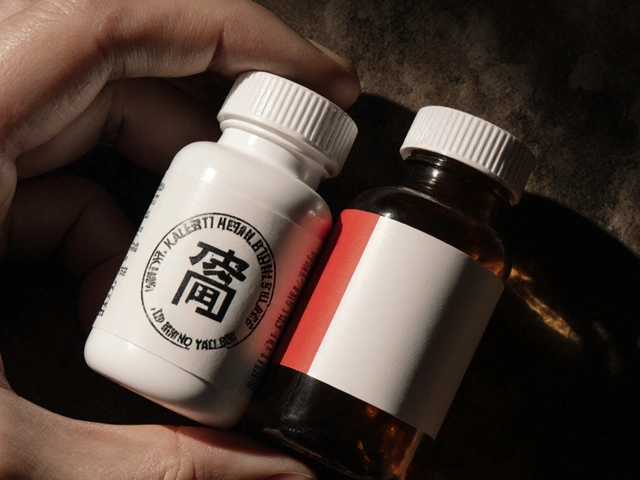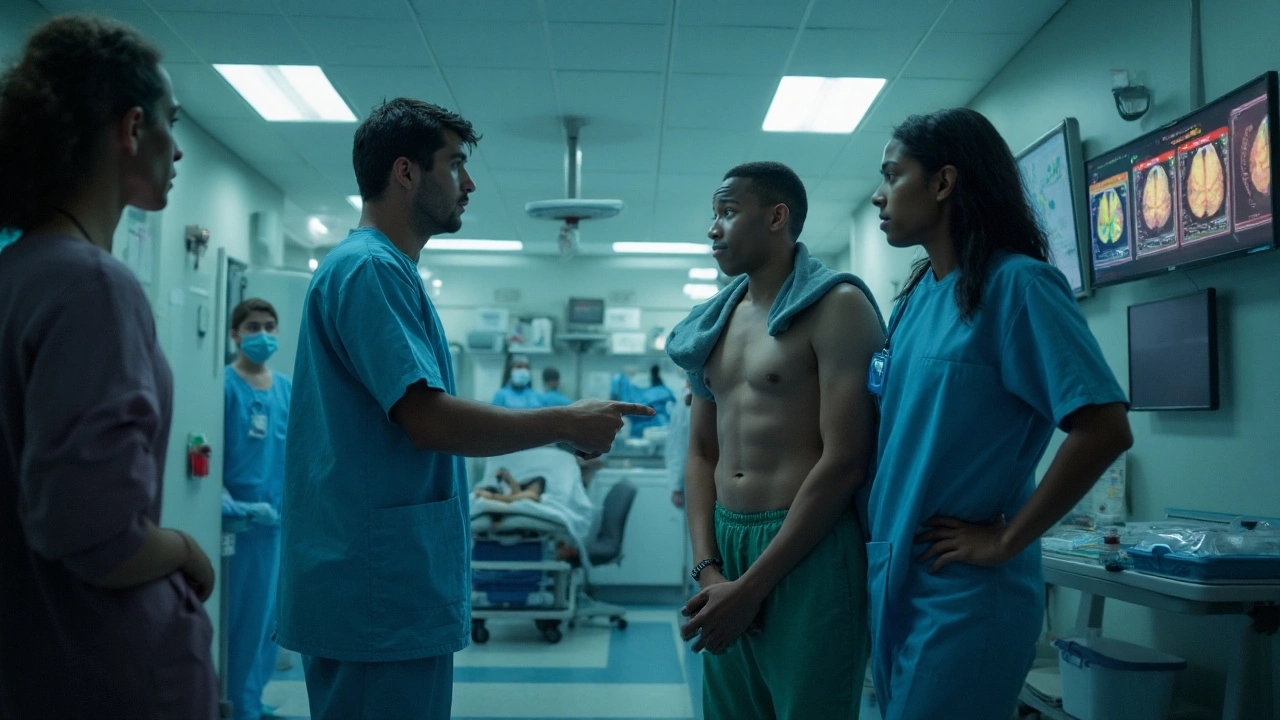Amoeba Infections: What You Need to Know
Ever heard of an infection caused by a tiny, single‑cell organism? That’s an amoeba infection. These bugs are everywhere—in water, soil, even on your skin. Most people never notice them, but a few can make you seriously ill. Below we break down the most common types, how you can catch them, what to look for, and what to do if you get sick.
Common Types and How They Spread
The three big players are Acanthamoeba, Entamoeba histolytica, and Naegleria fowleri. Acanthamoeba lives in fresh water, swimming pools, and even contact‑lens solutions. It can get into the eye and cause painful keratitis, especially if you wear lenses while swimming.
Entamoeba histolytica is the cause of amoebic dysentery. It spreads when food or water gets contaminated with stool from an infected person. In places with poor sanitation, it’s a common cause of diarrhea and stomach cramps.
Naegleria fowleri, often called the “brain‑eating amoeba,” lives in warm freshwater lakes and hot tubs. It enters the body through the nose during activities like diving or water‑boarding. Once in the nose, it can travel to the brain and cause a rapid, usually fatal infection.
Symptoms, Treatment and Prevention
Symptoms vary a lot. Acanthamoeba eye infection shows up as redness, blurry vision, and a gritty feeling. Entamoeba infection starts with loose stools, sometimes with blood, and abdominal pain. Naegleria infection begins with severe headache, fever, nausea, and stiff neck—often within a few days of exposure.
If you notice any of these signs, see a doctor fast. For Acanthamoeba eye infections, doctors prescribe strong anti‑amoebic eye drops. Entamoeba dysentery is treated with antibiotics like metronidazole. There’s no proven cure for Naegleria, but early treatment with a drug called miltefosine can improve chances of survival.
Prevention is easier than you might think. Never mix contact lenses with tap water—use sterile solutions only. Wash fruits, vegetables, and hands thoroughly, especially before meals. When swimming in warm freshwater, avoid getting water up your nose; you can wear a nose plug or keep your head above water.
Keeping your home water system clean also helps. Change hot‑tub filters regularly and keep the water at a temperature below 35 °C (95 °F) to discourage Naegleria growth. If you travel to regions with known amoebic disease, stick to bottled or boiled water for drinking.
Bottom line: Amoeba infections are rare, but they can be serious. Knowing the types, spotting early symptoms, and taking simple hygiene steps can keep you safe. If you ever suspect an infection, act quickly—early treatment makes a huge difference.
Amoeba Infections 2025: Clinical Guide for Healthcare Professionals (Diagnosis, Treatment, Prevention)
Clinician-focused guide to diagnosing and treating amoeba infections in 2025-E. histolytica, Naegleria, Acanthamoeba. Fast recognition, testing, dosing, and prevention.
About
Health and Medicine
Latest Posts


What Are Authorized Generics? Complete Explanation
By Orion Kingsworth Nov 16, 2025

Exercise for Weight Loss: Cardio vs. Strength Training - What Actually Works
By Orion Kingsworth Dec 2, 2025

Chinese Generic Production: Manufacturing and Quality Concerns
By Orion Kingsworth Nov 12, 2025

